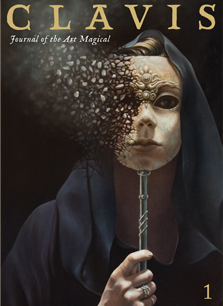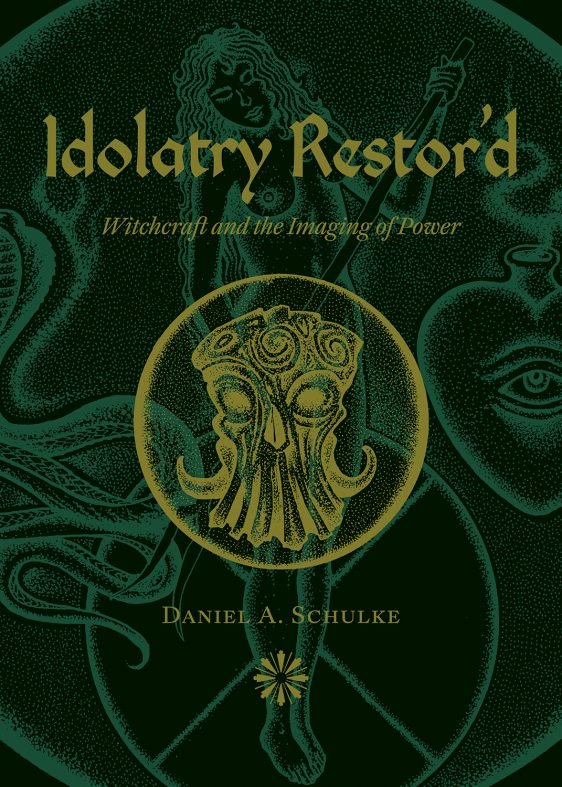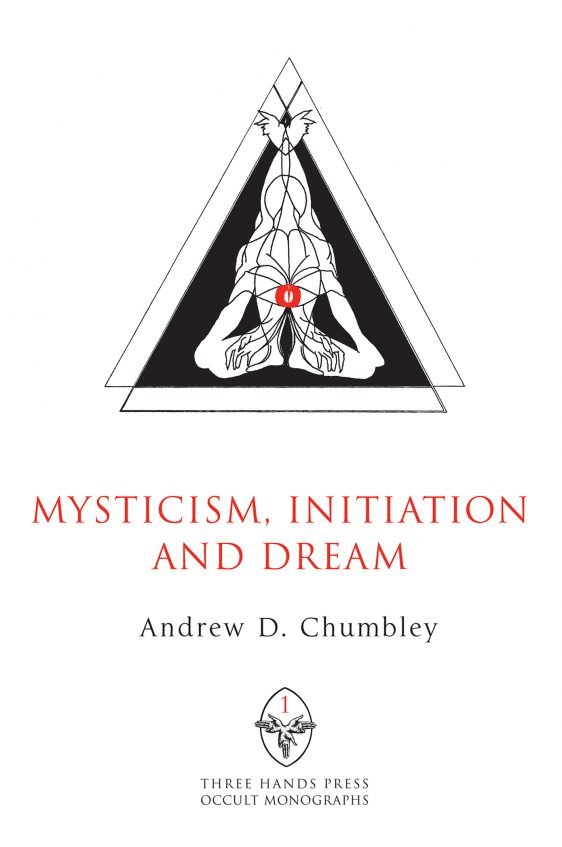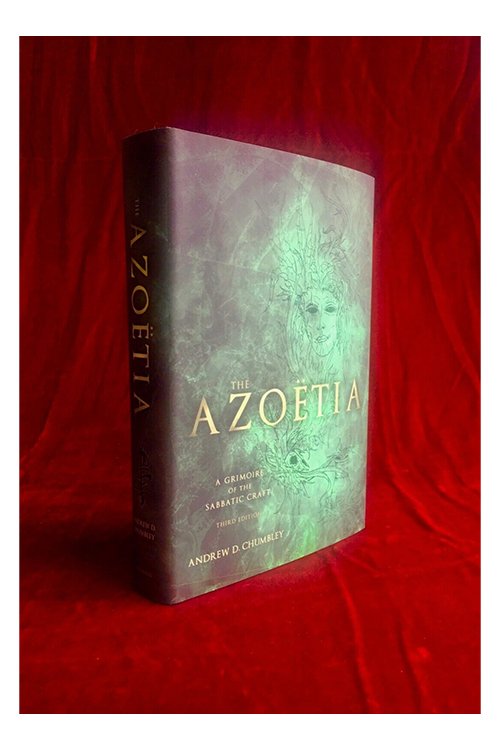Sabbatic Witchcraft
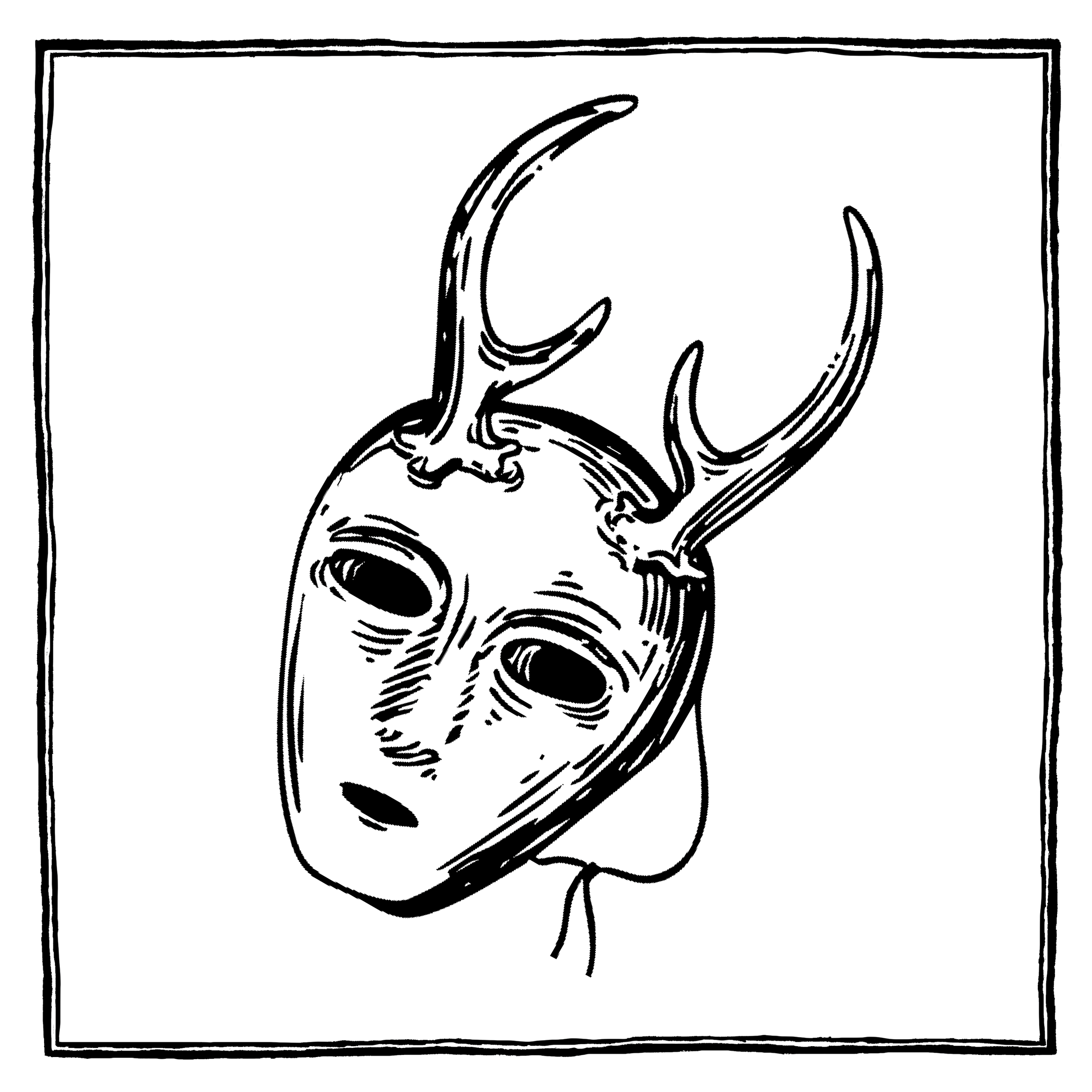
At 216 pages, the new volume of Clavis features an outstanding grouping of authors and image-makers.
The debut issue of Clavis Journal contains modern, innovative occult content and scintillant magical artifacts of centuries past.
The Lexicon of Witchcraft is an illustrated compendium of witchcraft terminology, encompassing rituals, symbols, spirits, objects, and other specialized concepts of witchcraft.
The figure of the witch in medieval Europe was strongly defined by her relation to the Sabbat: the phantasmagoric nocturnal rite where the living trafficked with the dead.
Onomasticon of Occult Herbs is a cross-cultural lexicon of sacred plant names, as they emerged from the religions and magical traditions of the world.
The mid-twentieth century witnessed the birth of popular occultism in the West, including an interest in witchcraft. At the forefront of popular witchcraft was Wicca, a recension of ceremonial magic and nature worship advanced by Gerald Gardner and Alex Sanders, now widely regarded as a religion.
This first volume, borne from ideas that came to light while communicating with each other, looks at the notion of absence and the first word to be spoken: the alogos. Largely in response to the work of Chumbley and Azoetia, the first word is commonly referred to as the announcement of Self: I.
A homage to Qayin. The book situates the reader in relation to Qayin by leading you through a diverse range of adorations, that when realised impart the structure of an overall Rite. This book is witty, clever in its structure, and with swift of hand delivers a beauty to an impossible dilemma.
The Book of Q’ab iTz appears as the vessel for the sorcerer, for contained within is the evidence of a practitioner who has dedicated the past few years to the arte magical.
Its principal concern is the intersection of magic and poison, originating in remotest antiquity and reaching into the occult traditions of present day.
The translation of magical power to image is a matter well understood in so-called ‘primitive’ sorcery, in which occurs a mutual embodiment of re-presentation and the Represented.
Crooked Path Sorcery is at once a magical philosophy impelling and arising from the magical historical witchcraft, as well as a set of practices deriving from the work of the Column, an inner cell of the magical order Cultus Sabbati.
The tractate Lapis Lamiis (Stone of the Witches) was printed at the twenty-fifth Anniversary of Xoanon Publishing, as a mystery-text of the “Effigy Fallen from the Sky.”
EIKOSTOS, a Greek word meaning ‘Twentieth’, is a complete bibliography of the first two decades of Xoanon Limited (1992-2012).
Let not the Eye of the Seer be divided from the Body Entire. Even in stasis so-call’d, image-revelation is kinesthetic, for the motions of the Beholding Eye are driven by the contours of signacula comprising the image in totality, and which first arose from the dancing Hand of the Divine Artist
An extensive grimorium of wortcunning, or herb-magic, the Pleasure-Garden treats of the secret knowledge of trees and herbs as delivered by the Fallen Angels unto mankind.
First published at Midsummer 2001, this important work treats extensively of Sabbatic-alchemical gnosis as manifest through the medium of potion-making, expositing eight principal philtre taxa, their pharmacoepia, gnostic dominions, and formulation. Evocations to aspects of the Sabbatic Guardians Lilith and Tubal-Cain are also given to empower the revelation and reification of the Philtre Arcana.
From the author of Veneficium comes The Green Mysteries, the monumental product of twenty-five years of experiential research on the spiritual and occult properties of plants.
Known to rural folk magicians and secret societies such as the Society of the Horseman's Word, the exacting ritual of killing a toad to obtain the bone of power has been documented in various forms and cultural milieus for two millennia, though its origin is likely far older.
Written as an undergraduate as SOAS University of London in 2001, Mysticism: Initiation and Dream would foreshadow the concerns of Andrew Chumbley's later doctoral research on the transcendental nature of the magical dream.
Opuscula Volume Two contains ten essays written between 1992 and 2000, including one previously unpublished. Expanding upon themes developed in Opuscula Volume I, the book also treats Crooked Path Sorcery, a transcendental ethos of traditional witchcraft having parallels in such traditions as Petro Voudon.
Opuscula Volume One contains nine essays written between 1990 and 2003, including one previously unpublished. This volume also includes an Author’s Introduction never before published, as well as an expanded version of the interview with Chumbley in The Cauldron. The essays reflect a degree of magical insight, clarity of vision, and creativity seldom equaled in occult writing to this day.
A Book Without Pages is a Sabbatic Wisdom Teaching of Alogos Dhul’Qarnen Khidir, originally written between 1993 and 1999 but unpublished at his death in 2004.
This substantial work expounds the sorcerous ethos and praxes of the Crooked Path ritual system. Its contents include a cycle of ten extensive Mystery-rites, each accompanied by adjunctive solitary rituals and detailed commentaries.
The Psalter of Cain consists of a series of devotional magical works to Cain, holy ancestor of sorcerers. Its magical foci are dedicated specifically to the Ancestral Manes of the Sabbatic Current, the shade-mothers and fathers of the Companie of the Wise.
Completed in early 2004 and published by Xoanon in 2009, The Satyr’s Sermon formed a portion of the Monadic Transmission Series of texts originally issued in hand-written, hand-illustrated editions of one copy only.
This unique grimoire was published in the year 2000, marking the cusp of the old and the new chiliad. It is the first full grimoire-text to treat specifically and from personal account of the Traditional East Anglian ritual called ‘The Waters of the Moon’: the solitary initiation of the so-called ‘Toad-witch’. A second edition is due for publication in 2025.
There is a stream of initiatic power which flows through the Body of Gnosis, moulding the Image of the Adept, casting the Shadow-form of the Great Opposer.
Azoëtia or ‘The Book of the Magical Quintessence’ has become one of the most sought-after new magical works of our time and may be regarded as the foundation text of the Sabbatic Craft Tradition.
The first I:MAGE was a seven day interdisciplinary exhibition and events programme, curated by FULGUR at The Store Street Gallery, London. The venue was chosen due to it’s proximity to Treadwell’s Bookshop, who generously offered facilities for ancillary events associated with the programme. Over the course of a week, more than 300 people attended.


